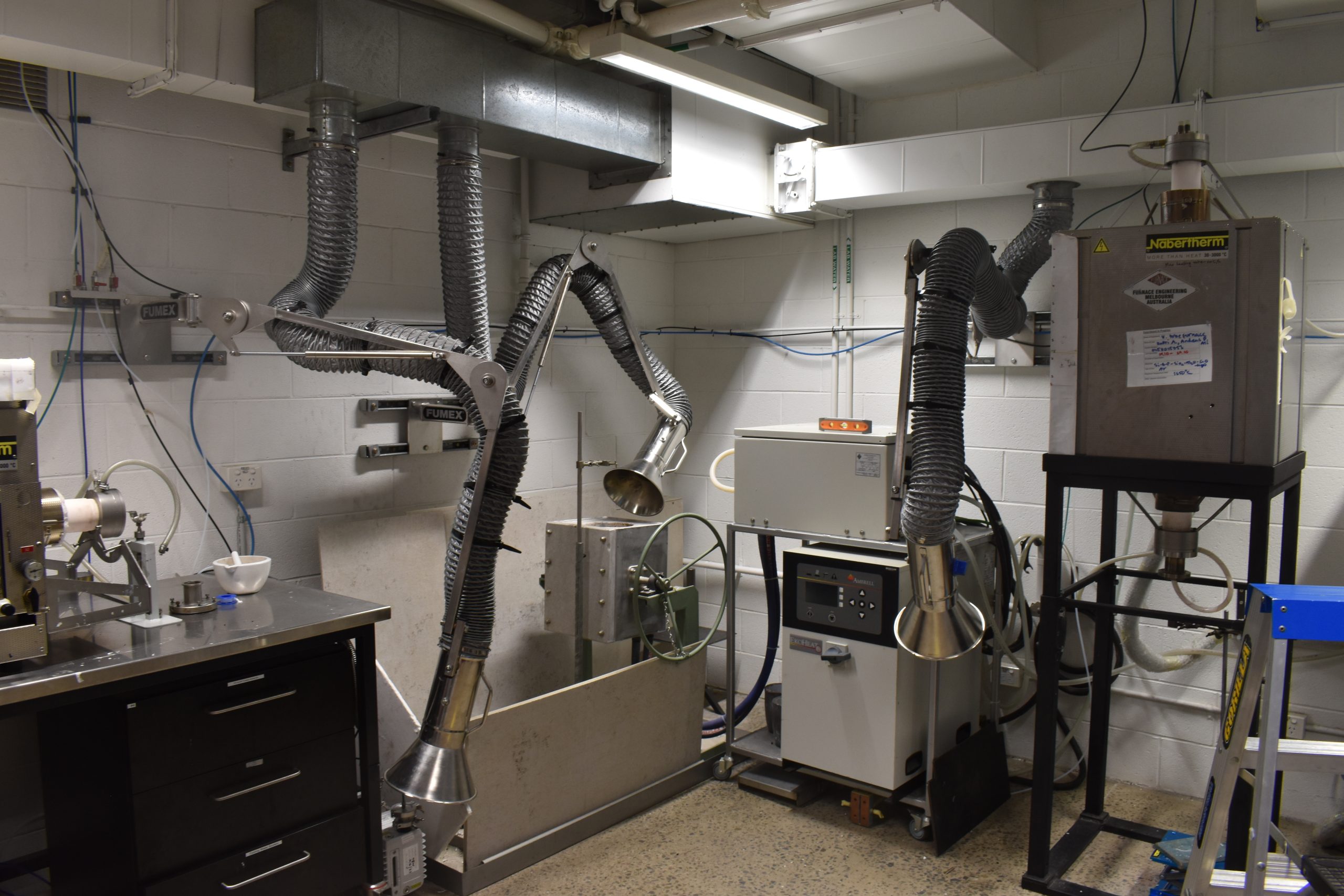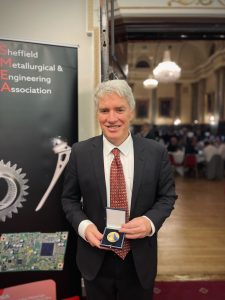An Australian university is pioneering new ways to process metals using renewable energy sources, potentially preventing millions of tonnes of carbon dioxide from entering the atmosphere.
With production of steel alone accounting for an estimated 11 per cent of all carbon dioxide emissions, the groundbreaking work could bring seismic benefits for governments around the world targeting net zero emissions.
Among the many metallurgy projects underway at Swinburne University of Technology in Victoria is a study into how iron can be extracted from iron ore in high temperature furnaces using hydrogen instead of carbon.
Swinburne hopes the same technology can also be applied to the production of steel and critical metals such as copper, nickel, lithium and cobalt.
The research is being led by award-winning Professor Geoff Brooks, a world-renowned pyrometallurgist and author of more than 250 papers on steelmaking, aluminium production and materials processing.
He knows that the stakes couldn’t be higher.
“If we can’t decarbonise steel, humanity is in big trouble,” he told create. “Businesses will continue to need a vast amount for the foreseeable future so it’s impossible to overstate the scale of the challenge.
“Here at Swinburne, we’re making some promising breakthroughs, but the immense size of the industry can mean it’s like a ship that turns very slowly.”

World-class research
As the world’s biggest exporter of iron ore, Australia is at the heart of the drive to find renewable solutions.
And Swinburne University of Technology has earned a reputation as a respected global leader in sustainable metallurgy and green steel. Among its many research projects are:
- A collaboration with Calix to develop an electric kiln technology called ZESTY that enables the use of hydrogen to make iron
- Studies involving several iron ore companies to test a fluidised bed process that eliminates the need for carbon in iron production
- Government-funded research led by former Swinburne PhD student Dr Suneeti Purohit that’s set to revolutionise the steel industry through a low carbon iron ore agglomeration process for magnetite ores called the lime magnetite pellet process. Now at CSIRO, Australia’s national science agency, Purohit has since completed further tests at CSIRO into ways to commercialise her invention and won the Mission Innovation Net-Zero Industries Award in the Young Talent category at the recent COP28 in Dubai.
- A CSIRO-funded study looking into ways to replace natural gas with hydrogen in burner to melt metals without generating nitrogen oxides
Investing in green metals
Brooks is the new Chair for the Sustainable Mineral Processing and Green Steel Program, in a partnership with CSIRO which will see funding for six staff to further expand Swinburne University of Technology’s work on green metal production over the next four years.
He recently became only the third Australian to win the prestigious Bessemer Gold Medal from the Institute of Materials, Minerals and Mining in the UK in recognition of his outstanding services to the steel industry, following in the footsteps of dozens of legendary scientists and inventors.

“It’s a wonderful recognition of the incredible work done by so many of my collaborators and students over the years,” he said.
“They have helped me achieve a great deal, but we’re ambitious to devise more techniques to significantly reduce the carbon footprint of metal production. It’s a very exciting time to be at Swinburne.”
Importance of critical metals
One area Brooks believes is ripe for such innovation is processing the critical metals used in solar energy plants and batteries, natural resources where Australia also leads the world.
“If you want green energy, you must embrace mining,” he said. “To meet global renewable energy targets by 2040, we’ll need to mine six times more critical metals than we do currently.
“We’ll also have to be smarter in how we recycle them. For example, what’s going to happen to all the lithium batteries in Teslas when they reach the end of their lives? Examining how we can reduce our electronic waste is vital as so many valuable materials end up in landfill.”

Brooks remains optimistic that his engineers will continue to forge a path towards a cleaner energy future.
“Using hydrogen instead of carbon to process iron ore is currently about 40 per cent more expensive,” he said. “Making it more commercially viable will be complex, but we know it’s scientifically possible.
“Swinburne attracts so many highly talented students so I’m very optimistic that together we’ll unlock more incredible ways to lead the world in minerals and metallurgy research.”
Find out more about studying engineering at Swinburne University of Technology.




